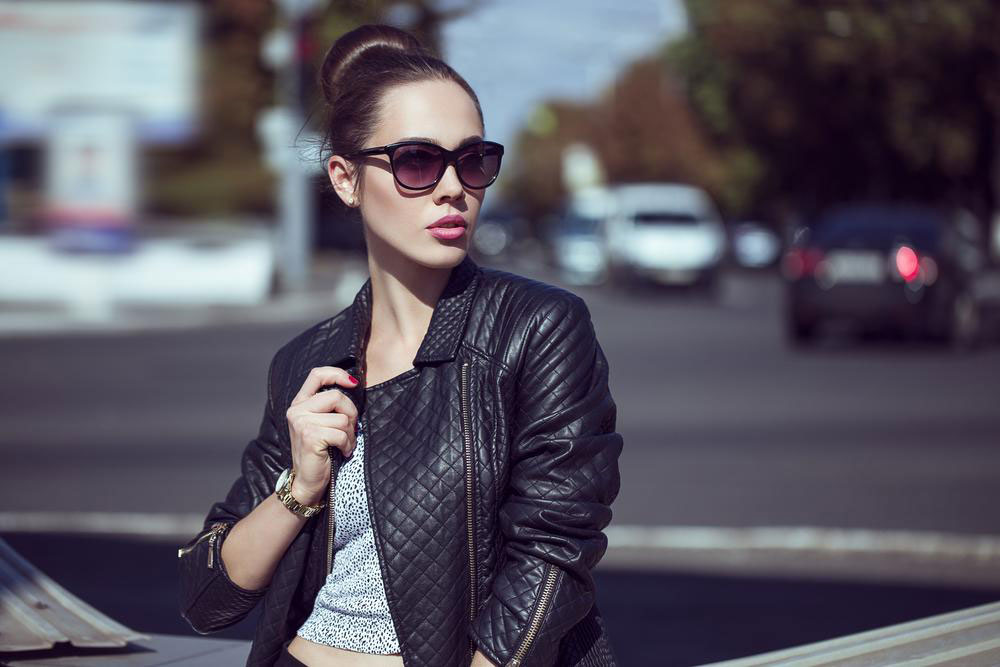Understanding the basics of formal wear
Formal wear or business attire is everything about ‘formality.’ This is a clothing type that one would wear in a professional setup, like an office or a formal evening party, interviews, client meetings, etc. While traditionally, formal clothes were meant only for men, the fashion world has gradually evolved to encompass women’s business attire. Here’s a closer look at what formal attire means, the clothes, the colors, the patterns, and more:

What is formal wear? Basic rules
Formal attire is about looking your professional best. There are strict dress codes for such kinds of clothes. In short, they are the complete opposite of casual wear. While comfort is a big yes, formal or business wear is mostly about adhering to the given dress code, colors, and choice of clothes for a given event or environment. These are characterized by minimalistic and clean tailoring. However, there are typical characteristics of formal wear:
Colors
Formal is not about brighter or pastel colors. Instead, all your somber shades fall under the formal setting. For example, charcoal gray is a formal color vis-a-vis navy blue. The standard formal colors are gray and black.
Texture
Formal attires are usually made from smoother fabrics. Here, the visual, texture, or weave of the fabric should be subtle but shiny to be counted as formal. For example, silk ties are generally measured as formal ties.
Patterns
Plain is formal, while patterned garments are not. The only exception is the pocket squares, which can still have some pattern. Ties are another formal garment type that is accepted with patterns for a formal dress. Here too, remember if the patterns are discreet and small, the tie is more formal than casual. But, if you wore a solid-colored tie, your attire would be more formal and professional.
Structure
Garments with a lining, padding, or canvas are categorized as formal compared to unlined or unpadded garments.
Fabric
Wrinkled fabrics are not formal. Linen and cotton are prone to wrinkle, which means they do not have a smooth appearance. Worsted wool, on the other hand, is smooth, does not wrinkle, and is, therefore, one of the best materials for formal attire. Pure silk and cashmere are ideal for formal jackets.
Clothes that count as formal wear
Jackets: Structured jackets with lining or padding are an integral part of a formal dress. Minimalistic jetted pockets on the jacket are acceptable for formal wear. In the case of lapels, formal jackets can have peaked, shawl, or peaked-faced lapels, with the latter considered the most formal.
Pants: Trousers with a sharper crease from the center make for formal attire. The common material used is usually wool because it is easy to get a sharper crease. The seams are minimal and cleaner compared to casuals. No ornamental stitching or metallic rivets are found on formal pants.
Shirts: Solid colors and softer shiny weaves make formal shirts. Collars can be spread, semi-spread and traditional formal collars like tab collars with a tie pin, Tuxedo collars, and detachable wings are the best examples of formal shirts. French cuffs are formal, and single cuffs with cufflinks are the most formal, especially for white-tie events.
Ties: Silk reigns supreme when it comes to formal ties. Woven silk ties fit perfectly with formal attire. Ties made from grenadine are also popular for business wear. Solid colors are preferred for formal wear.
Shoes: Opera pumps and Oxfords are the best and most popular formal choices for footwear. Black is the first choice when you are choosing formal wear. Also, ornamentation is minimal in the case of formal shoes.
Occasions for formal wear
Some of the formal occasions when you need to take out your business or formal attire include:
Weddings are mostly white-tie or black-tie events unless mentioned otherwise
The first date
Cocktail dinners are usually informal events, but the unsaid rule is that the dress should be formal
A business meeting or dinner party also entails formal attire
Interviews need to be perfect, and the best way to impress is to be dressed immaculately in business attire
A Church event or religious ceremony like Baptism
Bar Mitzvah or other Jewish rituals
Opera nights
A ballet or a theater show
A funeral
Gender-based formal attire
What do men and women wear for formal events?
Men wear a jacket, pants, shirt, tie, and shoes – all of these aligned with the basic rules mentioned earlier.
Women’s business formals include business skirts and suits and business pants suits. Formal dresses for social events include:
Ball gowns for white-tie events
Floor-length silhouetted gowns for black-tie events
Mid-length cocktail dresses
Knowing what defines formal attire is important as it helps you choose what to wear for different occasions.




